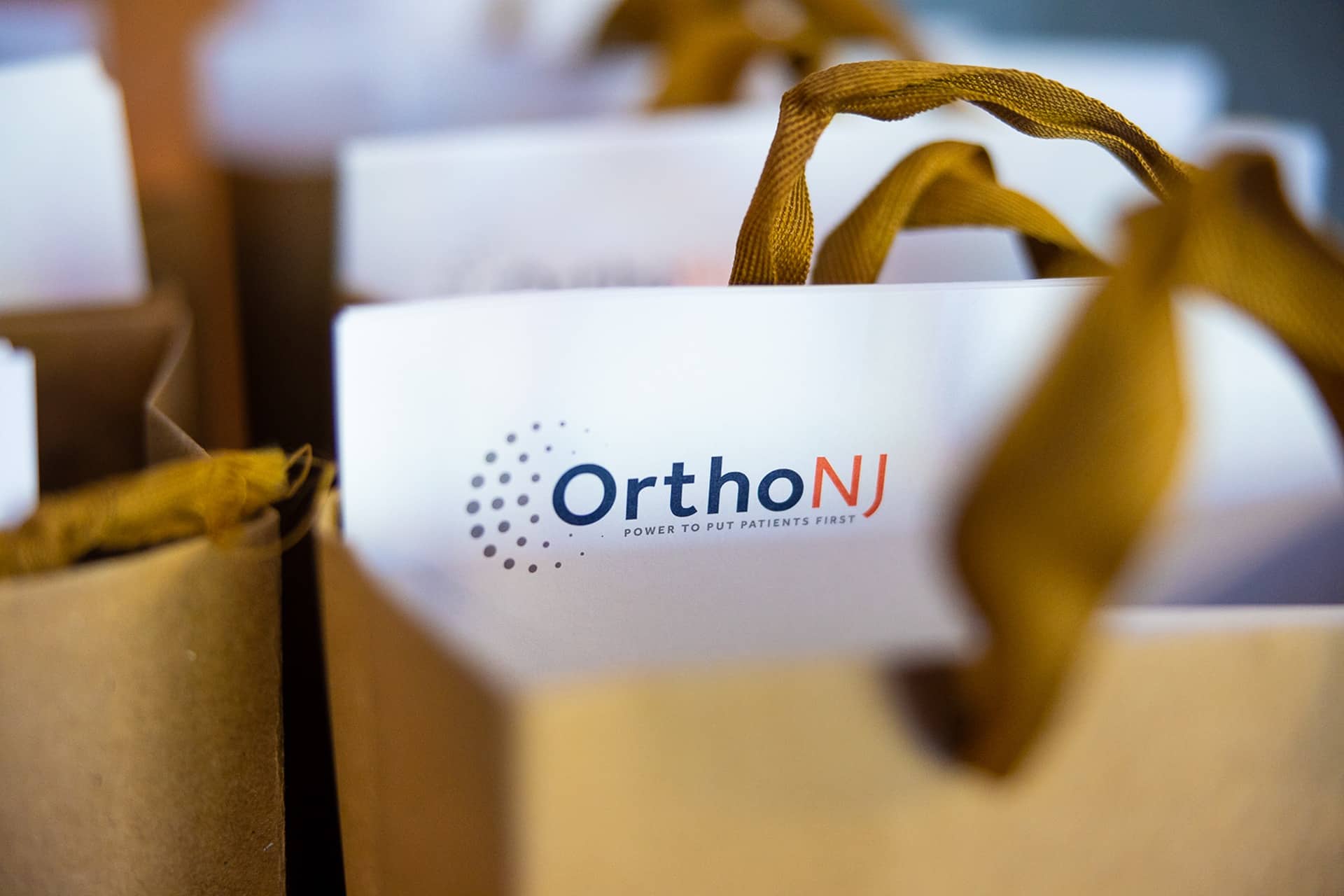Ankle arthroscopy is a minimally invasive surgery that uses a small camera to see and treat problems inside the ankle joint. It helps address damage to cartilage, ligaments, and other soft tissues, and can allow removal of loose fragments or scar tissue that irritate the joint. The goal is to reduce pain and swelling, improve motion, and restore stability so you can return to daily activities. Your surgeon may recommend arthroscopy when symptoms persist despite rest, medications, bracing, or physical therapy, or when imaging suggests a problem inside the joint. At OrthoNJ, we review your goals and health history to decide if this approach fits your needs.
During ankle arthroscopy, your surgeon makes two or three small incisions around the ankle and inserts a pencil-sized camera called an arthroscope. Sterile fluid is used to gently expand the joint, and fine instruments are guided to remove loose bodies, trim inflamed tissue, and smooth rough areas as needed. Because the technique is minimally invasive, it typically limits disruption to surrounding tissue, which may help reduce pain and support a quicker early recovery.
Recovery occurs over weeks to months and usually includes short-term protective weight bearing with crutches or a boot, elevation to control swelling, and a structured physical therapy program to restore motion, balance, and strength. Many people resume everyday activities within several weeks, with sports or heavy work taking longer based on the findings at surgery and your progress in rehab. Healing can take more time if there was extensive cartilage injury, additional procedures were performed, or if medical conditions or job demands require a slower return.
Contact one of OrthoNJ's locations spread out through all of New Jersey.

OrthoNJ is different from your typical medical provider. Unlike many in the industry, we prioritize patient care over profits. Our six divisions work collaboratively to ensure the best outcomes for our patients. We believe in the "Power to Put Patients First," and our doctors and divisional partners strive to uphold this commitment in every aspect of our care.
This treatment info is for informational purposes only. Treatment and recovery vary person to person, and you should consult with your treating physician and team for details on your treatment and recovery process.